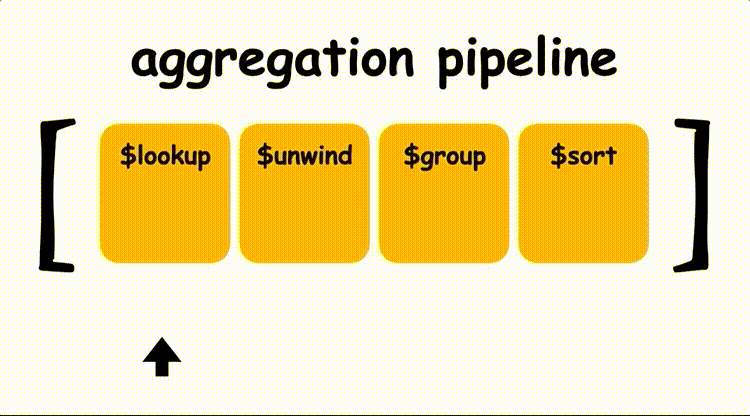Blog -




Introduction to MongoDB Aggregations: The Power of Data Transformation
So, you have begun learning MongoDB. Can you do the basic CRUD commands? That’s awesome! But what if you need more? What if you need to perform complex data transformations or return computed results? Well, say hello to my mighty friend, MongoDB Aggregations. In this article, we’ll dive into the fundamentals of MongoDB aggregations.
Understanding MongoDB Aggregations
At its core, MongoDB’s aggregation is a powerful tool that enables processing data records in a multi-staged pipeline, with each stage refining or transforming the data before passing it to the next stage. Each stage in the pipeline applies transformations to the data, allowing for extracting meaningful insights or generating computed results. This pipeline approach enables developers to perform a wide range of operations, including filtering, grouping, sorting, and joining data, all within the database environment.

The Aggregation Pipeline
The aggregation pipeline consists of various stages, each serving a specific purpose in the data processing workflow. Follow this link to see all of them, but for now, here’s a list of some essential stages:
$match: This stage filters the documents to pass only those that match specified conditions to the next stage, similar to the WHERE clause in SQL.$group: It groups documents by specified criteria and can perform aggregate operations like counting, summing, or averaging data.$sort: This orders documents by specified fields in ascending or descending order.$project: Selects specific fields to include in the output documents while optionally computing new fields.$lookup: Allows for joining documents from another collection, providing functionality similar to joins in relational databases.$addFields: Adds new fields to the documents, either through computed expressions or by copying existing fields.
What Does It Look Like
Let’s say you own a snazzy pizzeria. Now, let’s say you want to know your top 3 pizzas based on sales.
db.orders.aggregate([
{ $match: { status: "delivered" } },
{ $group: { _id: "$pizzaType", totalSales: { $sum: "$price" } } },
{ $sort: { totalSales: -1 } },
{ $limit: 3 }
]);
Notice that the argument is an array of individual stages, and each will start with the result from the previous stage. Now let’s see how the data is modified at each step:
- Match(filter) orders that have been delivered.
- Group them together by their type, add a field called
totalSalesand its value will be the result of the$sumoperator summing each price. - Sort them in descending order based on
totalSales. - Return the first 3.
Sure, this is example is simple, but with over 40 stages and over 100 expression operators, your options are endless. Hopefully, you can start to see the power of this framework. You can now analyze, customize, reduce traffic over the network, and optimize for performance.

Some Tips Before You Go
To maximize the effectiveness of MongoDB aggregations, consider the following tips:
- Indexing: Create indexes on fields used in the
$match,$group, and$sortstages to improve query performance. - Memory Management: Be mindful of memory usage, especially when dealing with large datasets. Consider using the
$allowDiskUseoption for operations that exceed memory limits. - Pipeline Optimization: Design aggregation pipelines thoughtfully to minimize unnecessary computations and maximize efficiency.
Conclusion
MongoDB aggregations offer a powerful and versatile solution for data processing and analysis tasks. By leveraging the aggregation framework, developers can unlock the full potential of their data, gaining valuable insights and driving informed decision-making. Whether you’re building analytical dashboards, generating reports, or performing ad-hoc data analysis, MongoDB aggregations provide the tools you need to succeed in today’s data-driven world. Explore further, experiment with different aggregation stages, and elevate your data handling capabilities with MongoDB’s aggregation framework.
Back to Blog
